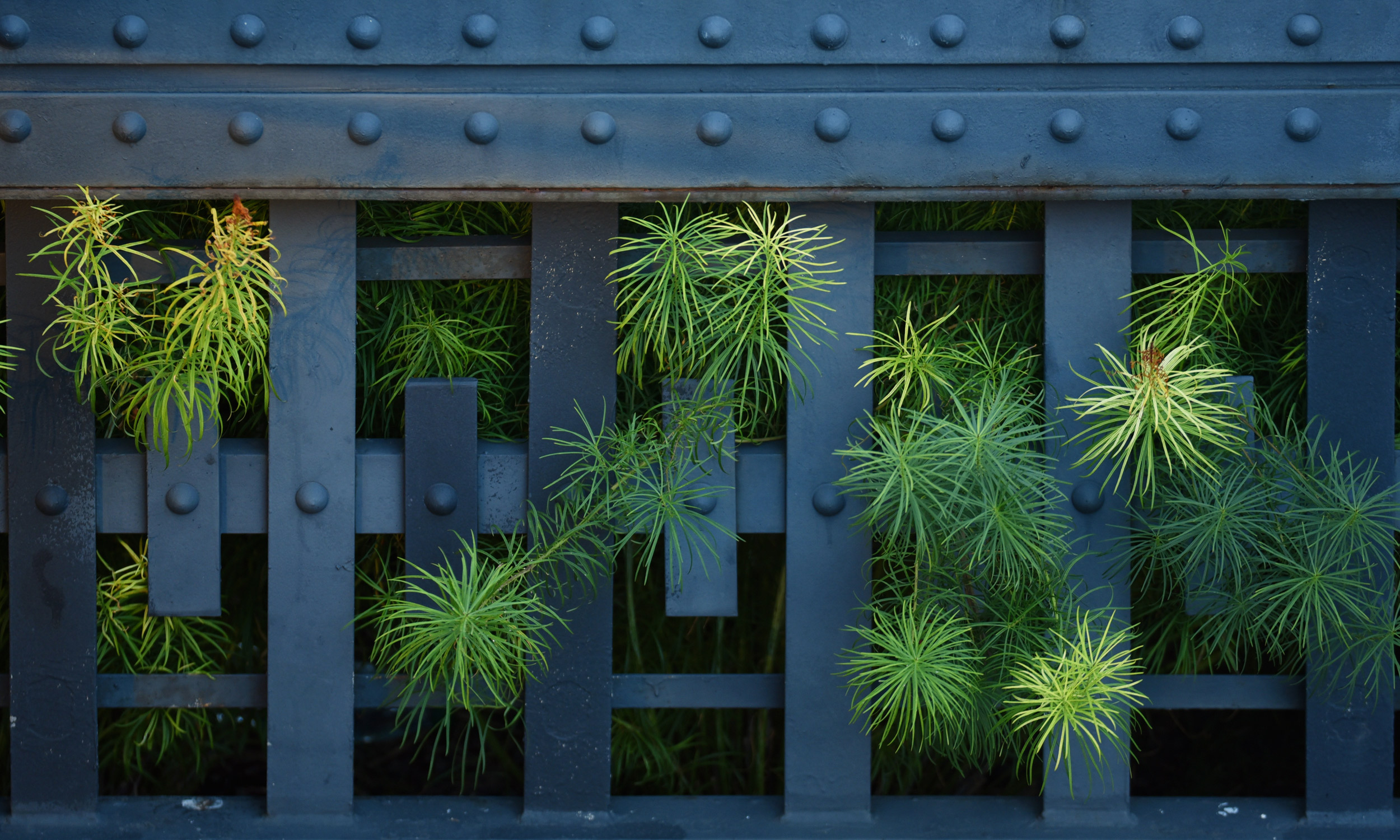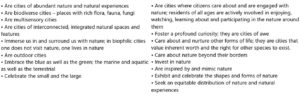Creating meaningful opportunities for nature in our urban environments
E.O. Wilson, who did a lot to disseminate biophilia in the USA in the middle of the twentieth century, described biophilia as “the innately emotional affiliation of human beings to other living organisms. Innate means hereditary and hence part of ultimate human nature.”
For the first time in history, more people are living in cities and urban environments, away from the natural systems that sustain us. While there are many benefits of living closely and communing with others, we are fast being separated from the ecology of which we are part, and whose presence is essential for our physical and psychological well-being.
We need to reconnect with our environment so that we can learn from it, be soothed, healed and inspired by it, and love it enough so we do all we can to protect it. Underlying this is the increasingly better understood idea of our indigenous ancestors that we are indeed part of nature and that it is indeed part of us.
Biophilic cities are cities of abundant nature in close proximity to large numbers of urbanites. Biophilic cities value residents’ innate connection and access to nature through abundant opportunities to be outside and to enjoy the multisensory aspects of nature by protecting and promoting nature within the city.
The Biophilic Cities organisation notes that “Biophilic cities are cities of abundant nature in close proximity to large numbers of urbanites. Biophilic cities value residents’ innate connection and access to nature through abundant opportunities to be outside and to enjoy the multisensory aspects of nature by protecting and promoting nature within the city.”
Timothy Beatley summarises the qualities and attributes of biophilic cities in his “Handbook of Biophilic City Planning & Design” as follows.
Biophilic cities:
This sounds not only like the sort of place that many of us would love to live in, but the sort of place that might prove to be much more resilient as the climate changes in the future.
So how do we achieve this? Is it even possible in the cities we have already created?
Related Articles: Championing The Future | Between Green Walls
We must refocus our attention to ensure that all projects and developments in our existing and new cities support this aim. They need to ensure that nature is inherent everywhere—not just something to visit. Nature needs to be placed at the heart of all decision making, the success of which should be judged by how well the processes restore the natural environment and the ability of all species to connect with it.
There are many ways that we can creatively incorporate initiatives for engaging with nature using all our senses in many places. Ideas that have been implemented around the world include:
Sydney, Australia
One Central Park—the tallest green wall in the world on the side of a residential tower.
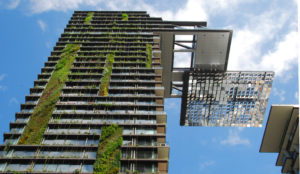
Singapore
Khoo Teck Paut—a hospital that uses nature in the healing process by weaving rainforest (flora and fauna) throughout the building.
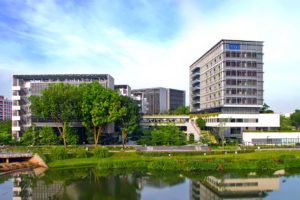
Seoul, South Korea
Cheonggyecheon Stream Restoration project—knocking down a highway and re-earthing the river in the heart of the city.

Chengdu, China
Ecological belt and garden city vision—a system of wetlands and water that encircles its centre.
Austin, Texas USA
Green Alley Program—reimagining the spaces behind homes as locations of nature.
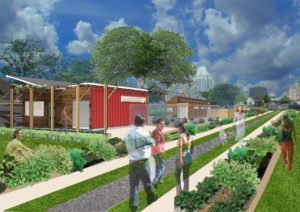
New York, New York, USA
High Line—the conversion of an unused above ground railway line into a thriving parkland for the city and its people to enjoy.
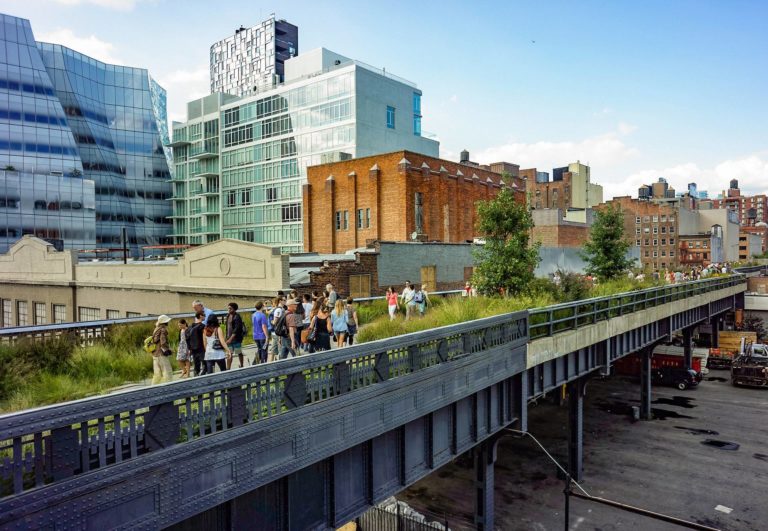
When should we do this? Yesterday. And as that is not possible, today. The longest journey starts with the first step, which we can take right now. Join the growing numbers of people who understand the abundance and richness that can be achieved for all through biophilic design. Together we can lobby our city representatives to help develop appropriate policies and plans to enable our cities to become members of the Biophilic Cities network and extend the experience and benefits across the world.
Updated 24.12.2020
Editors Note: The opinions expressed here by Impakter.com columnists are their own, not those of Impakter.com — In the Featured Photo: The High Line, New York. Featured Photo Credit: Thehighline


